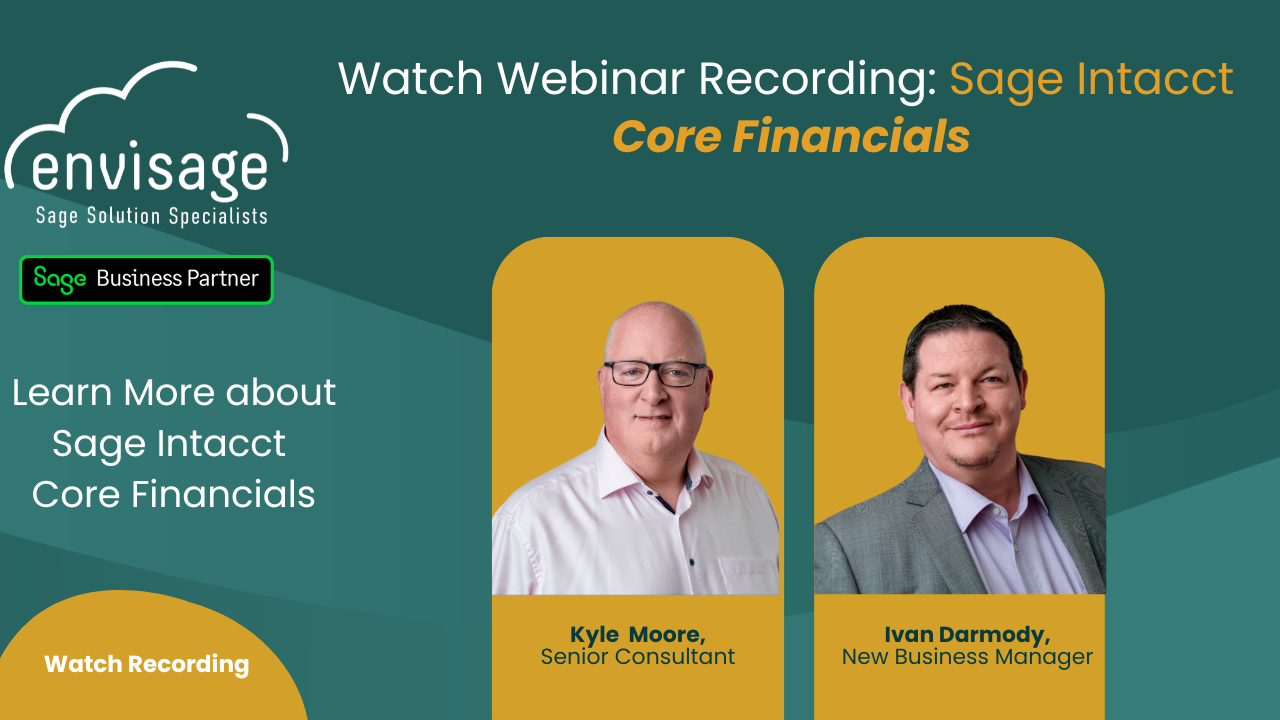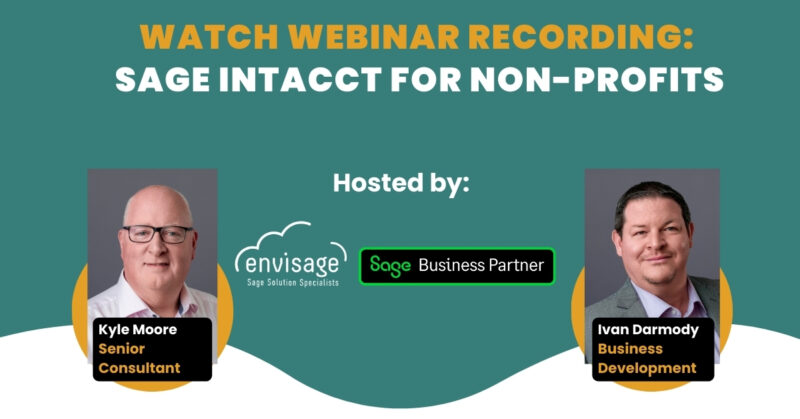
- Accounting, Finance, Sage 200, Sage Intacct
Accounting software is an essential part of any business, but not every system is suited to every stage of growth. Many businesses start with an entry-level solution because it’s affordable and simple to manage. Sage 50 is a common choice at this stage. It covers the basics effectively and gives a small finance team a solid foundation. However, as your company grows – handling more transactions, staff, and operational complexity – the system that once worked well may begin to hold you back.
If generating reports is time-consuming, your team is staying late to manage spreadsheets, or you’ve created workarounds just to keep things running, it’s a clear sign your system is under pressure. Moving beyond Sage 50 isn’t about following trends; it’s about equipping your finance team with the right tools to manage a larger, faster-paced business without added stress.
Below are five practical strategies to help you recognise when it’s time to upgrade, plan your transition, and select the right Sage solution for your next stage of growth.
Spot the signs you’ve outgrown entry-level software
Growth affects every part of a business, but the finance function usually feels the strain first. Common warning signs include:
• Excessive manual data entry. If your team spends hours exporting figures to spreadsheets and checking formulas, valuable time is lost and the risk of errors increases.
• Limited visibility. Entry-level systems often provide outdated snapshots rather than live data. Without real-time insight, decision-making can be slow or uncertain.
• Complex operations. Multi-entity or multi-currency accounting is challenging if your software cannot consolidate accounts or manage different regulations.
• Rigid workflows. If reports take all night or you have to adapt your processes to fit the software, you’ve hit a ceiling.
Identifying these signs early allows you to plan an upgrade before inefficiencies start costing your business.
Strategy 1: Map your current and future needs
Scaling a business is more than increasing users or transactions. Think ahead to where your company will be in three to five years. Document current pain points for your finance team and consider the capabilities you’ll need in the future, such as multi-location reporting, advanced analytics, or tighter integrations with sales and operations. A clear roadmap will guide you to the right Sage solution and prevent short-term fixes that won’t support long-term growth.
Strategy 2: Choose the right path for a Sage 50 upgrade
When Sage 50 no longer meets your needs, there are two clear upgrade options: Sage 200 and Sage Intacct.
Sage 200
Built for small to mid-sized businesses, Sage 200 goes beyond accounting to cover finance, sales, inventory, e-commerce, and supply chain management. It offers:
• Advanced stock control and purchase order handling
• Customisable reporting and built-in analytics
• Flexible workflows that adapt to your business
For organisations looking for a single platform to manage operations alongside finance, Sage 200 is a natural next step.
Sage Intacct
For rapidly growing businesses or those requiring advanced functionality – including multi-entity or multi-currency support – Sage Intacct offers a cloud-native solution for ambitious finance teams. It provides:
• Real-time dashboards and strategic reporting
• AI-driven automation to reduce manual work
• Seamless integration with a wide range of operational tools
Envisage is a trusted Sage Intacct partner, supporting companies across Ireland in planning and implementing the platform, helping finance teams benefit from a connected financial ecosystem from day one.
Strategy 3: Look to real success stories
One of the best ways to understand the impact of a Sage 50 upgrade is to look at businesses that have already made the move. Since opening our UK offices just over a year ago, we’ve helped companies like Italica learn how to upgrade Sage 50 to Sage 200 to support smarter growth.
Their finance team found Sage 50 was slowing them down just as they needed to scale operations. With Envisage’s guidance, upgrading to Sage 200 gave them enhanced reporting, greater control, and the flexibility to keep pace with expansion.
Stories like Italica’s demonstrate that upgrading from Sage 50 is more than installing new software – it’s about equipping your business with the tools to grow confidently and sustainably.
Strategy 4: Make implementation and support a priority
Even the best software won’t deliver results if the rollout is rushed. A successful Sage 200 or Sage Intacct implementation requires expert guidance. At Envisage, we help configure the system, migrate data, and train your team. Our ongoing support ensures your investment continues to deliver value well beyond go-live.
Strategy 5: Equip your finance team for growth
Upgrading from Sage 50 isn’t just a technical change. It’s about freeing your finance team from repetitive tasks, gaining real-time visibility, and ensuring your systems can support growth for years to come.
Whether you select Sage 200 for a comprehensive business management platform or Sage Intacct for a flexible cloud-based finance system, Envisage can support you through every stage – from initial planning to long-term support.
Your business has already proven it can grow. The next step is giving your finance team the tools to match that growth. With a clear strategy and the right technology, you can scale confidently and focus on the opportunities ahead. Request pricing today.
About the Author

Kyle Moore
Kyle works as a Senior Consultant on the implementation team for Envisage. His focus is on the Sage 200 accounting system products and some of the value-added products. Kyle started off at Envisage on the technical support side before he moved over to the implementation team. With 25 years of experience working with Sage 200 in its various guises, he has vast knowledge of the product and our customers, and understands how their businesses work.


























